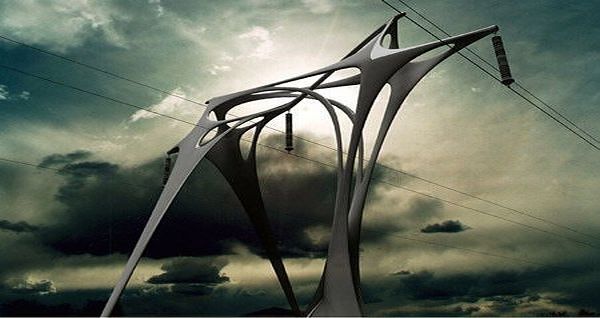Whatâs happening right now?
The hybrid vehicles still rely on gasoline or it derivatives to meet the peak demand. The electric plug-ins are only used when the car moves downhill or at the time of application of brake pedals. In case of Electric Vehicles, the major problem lies with the battery. Even though many developments have been made in science and technology, yet, the companies have not been able to manufacture a battery having long-life. So, these vehicles are capable of short distance journey, with light load.
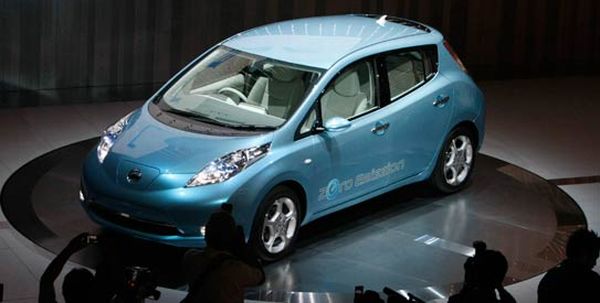
Trends
It has been seen that the shift is towards electrification of all vehicles, including cars, truck, buses, bikes,etc. In this scenario, the engineers have come up with a new light of hope. They claim that the day is not far, when electric vehicles itself will be used to power the homes, shops and if possible the power grids as well. Some developments have already begun in this direction. Light will be thrown on some of them in this article.
1. Electric vehicle that pays for itself
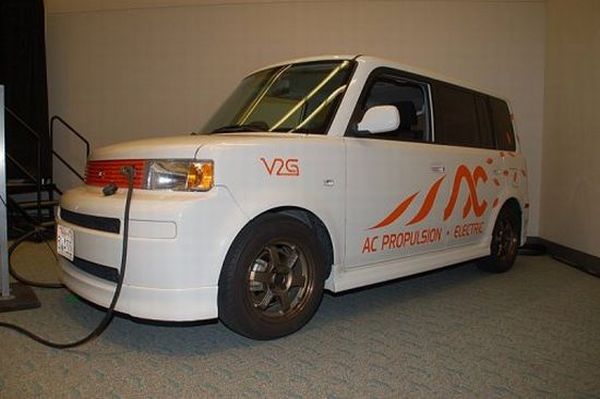
The scientists of US discovered a new electric vehicle, which rather than putting a hole in the user’s pocket, would instead put more bucks into it. They propose to do so by supplying excess power within the car battery to the electrical grid. Thus, with this technology, not only the driver are benefited, but the grid also benefits. The grids will thus pay the users some revenue for their contribution.
2. Vehicle-to-Grid capabilities vehicle
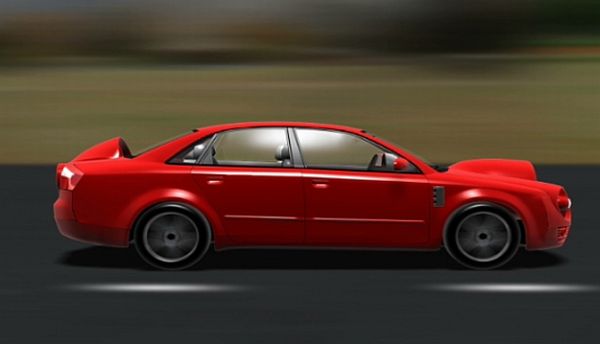
This design envisages to harness the power of both wind and so. Each tunnel house a tiny wind mill. The roof of the car is covered with solar panel in such a pattern that it converts solar radiations falling with all possible inclinations. The design is made in such a way that the field of air enveloping the car is made to pass through the narrow constriction, which thus sets the wind-generators into operation. The power thus produced is either used for the vehicle energy usage or stored in the battery to meet the peak load conditions.
The solar panel on the roof also harnesses the incident solar radiation during the day-time. This also gets stored within the battery. The energy thus stored in excess is sent via Vehicle-to Grid technology to their homes or to the electric grids, which provide subsidy per unit powered transferred.
3. Nissan says electric car can power family home
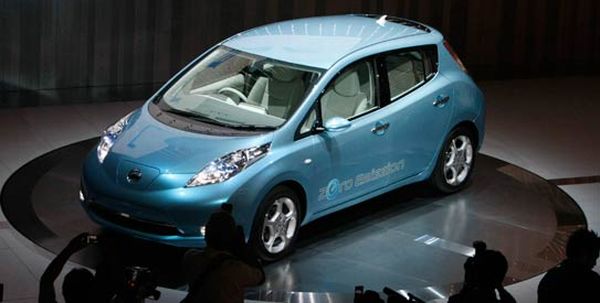
Nissan has come up with an innovative technology. The power house is composed of lithium ion batteries, having a maximum power of 24 kilowatts. In case of emergency, the power of car battery can be used to power the household. It can power a refrigerator, air-conditioner, television, etc for about two days. Thus, this technology can be of great use in case of emergency.
The concept
The main topic of discussion in this article is the Vehicle-to-Grid Technology. This new technology aims at integrating the vehicles with the electric grid or the power station, via suitable hardware and software. The developer of this technology,Willett Kempton of the University of Delawar, said that with this revolutionary concept, it is possible to take the concept of automobile technology to the next level. The scientific community never thought in this direction. But, after decades of efforts, it has now become possible to integrate automobile and power grids under the same head.
The main goal in developing this technology was to provide the rids extra power to meet the power requirements at times of fluctuations, lack of unavailability of combustible material etc. Thus, if a car has excess energy within it at a point of time, it can be transferred to the grid supply via the link. The grid promises to pay them in money equivalent to the units of power transferred to them. Not only this, with this technology, there is no need to recharge the vehicle often. The required power can be absorbed directly from the grid using the same technology. Thus, the Vehicle-to-Grid concept benefits in both ways.
The advantages
1. As a result of developments like these, demand on the electric grid to meet the power requirements of the electric vehicles will be substantially reduced. Earlier, the vehicles would plug-in to the nearby power outlet to charge the battery, when it gets drained. But, with this technology, the car can now supply power back to the grid.
2. As a result of reduction in the use of fossil fuels, emission of carbon dioxide gets reduced. Hence, global warming gets controlled.
3. The emission of other toxic fumes from the car exhaust, like sulphur dioxide, nitrogen dioxide, soot, unburnt carbon particles, carbon monoxide also get reduced. This reduces the chances of respiratory diseases.
4. The quality of life gets enhanced. By transferring the power to the grid the owner’s of the car gets extra revenue without much effort.
5. There is no need to refill the vehicle with gasoline.
6. The power of the car battery can also be used to power the household appliances like refrigerator, air-conditioner,light and fans, etc.
The impact
This technology is mainly centered around the electric grids. Even the high capacity power plant experiences fluctuations during power production. This fluctuation can be damaging in many cases. With this technology, the grids are provided with additional power to meet the rising demand for power, by the households, industries etc. Thus, with this revolutionary technology, the definition and purpose of a car got transformed and expanded to encompass even power sector.



